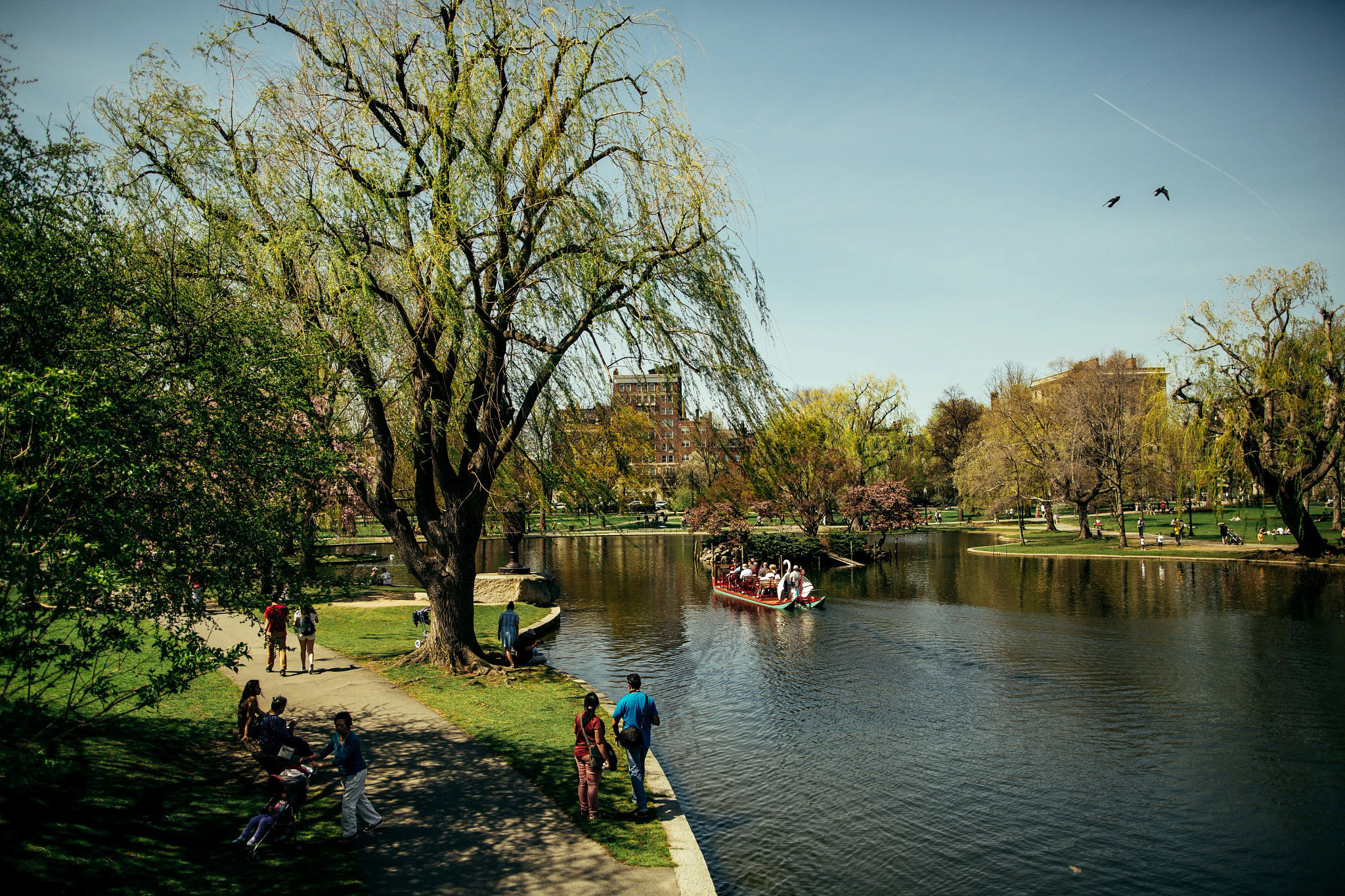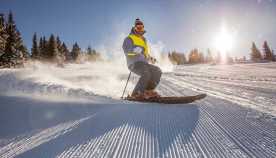AARP Eye Center
- right_container
- Health
- Money
- Work & Jobs
- Advocacy
- Social Security
- Medicare
- Caregiving
- Games
- Travel
- More...
- Entertainment & Style
- Family & Relationships
- Personal Tech
- Home & Living
- Auto
- Staying Sharp
- Podcasts
- Videos
Dixon Springs State Park
The area around the park was occupied by various tribes of Algonquins who, after the Shawnee had been driven from Tennessee, settled near the mouth of the Wabash River. Dixon Springs was one of their favorite camping grounds and was called "Kitchemuske-nee-be" for the Great Medicine Waters.
One of the better-known Indian Trails, which the early French called the "Grand Trace," passed to the west of the park and south to Fort Massac, then branched out into lesser trails. Much of the "Grand Trace" is IL Rt.145, one of the most scenic highways in the state, running nearly all of its length south from Harrisburg through the Shawnee National Forest.
This section of the state was part of an Indian Reservation occupied for a time by about 6,000 Native Americans. Like the buffalo, most of the Indians were gone by the early 1830s.
Dixon Springs takes its name from William Dixon, one of the first white settlers to build a home in this section, who obtained a school land warrant in 1848 from Governor Augustus C. French. His cabin was a landmark for many years as was an old log church on the adjoining knoll.
AARP Events for Old Forge
-
Featured Event
Irish Step Dancing for Beginners: Part 1
Tuesday, Mar 25, 2025 at 7:00 p.m. ET
Zoom
Online Event
-
Featured Event
Irish Step Dance for Beginners: Part 2
Tuesday, Apr 1, 2025 at 7:00 p.m. ET
Zoom
Online Event
-
Featured Event
Big Shred NY! Liverpool/Syr - Thu., 5/8
Thursday, May 8, 2025 at 10:00 a.m. ET
Long Branch Park
Liverpool, NY

New Pricing Coming in 2025.
This is AARP's first rate increase in 15 years.
Don't miss out, join today and save!

















)


















.jpg?crop=true&anchor=13,195&q=80&color=ffffffff&u=lywnjt&w=2008&h=1154)




























